
Older white oak trees along the Route 1 corridor are dying at a faster than normal rate, possibly due to recent weather extremes related to climate change.
Tree specialists with the University of Maryland Extension have found that a number of white oaks that were more than 40 years old in the area suddenly died this fall, with leaves turning brown in a matter of weeks.
The trees often showed signs of distress, such as infestations of ambrosia beetles, opportunistic pests which often attack dying trees by boring tiny circular holes in the bark.
But the core problem is underground, where the trees’ root systems were damaged by a combination of heavier-than-usual rainfall in 2018 — the wettest year on record in the greater D.C. area — followed by an unusually dry and hot summer in 2019.
“We believe that weather extremes in 2018 and 2019 have accelerated this decline scenario in white oaks,” the specialists wrote.
Although any individual weather event can’t be tied directly to climate change, these weren’t flukes. Scientists predict that this area will see heavier rainfall during storms and hotter summer days as the climate continues to change due to higher levels of man-made greenhouse gases in the atmosphere.
One study co-authored by a professor at the University of Maryland Center for Environmental Science found that this area will feel more like Greenwood, Miss., by 2080.
Designated the official state tree of Maryland in 1941, white oaks are common throughout the Route 1 corridor. They are recognizable for their scaly bark; rounded, lobed leaves; and rough, warty acorns.
Older white oaks can grow as tall as 100 feet and produce up to 10,000 acorns a year, a source of food for more than 80 species of birds and mammals, including bluejays, red squirrels, cottontail rabbits and deer.
If you would like to plant a tree on your property, University Park will reimburse you for up to $100; College Park, up to $150. In Riverdale Park, you can request a tree be planted between the curb and sidewalk in front of your home; in Hyattsville, you can suggest a tree be planted anywhere in town.
You can also take advantage of the Rain Check Rebate for Prince George’s County, which provides residents of the county a $150 rebate for planting a native tree on a residential property.











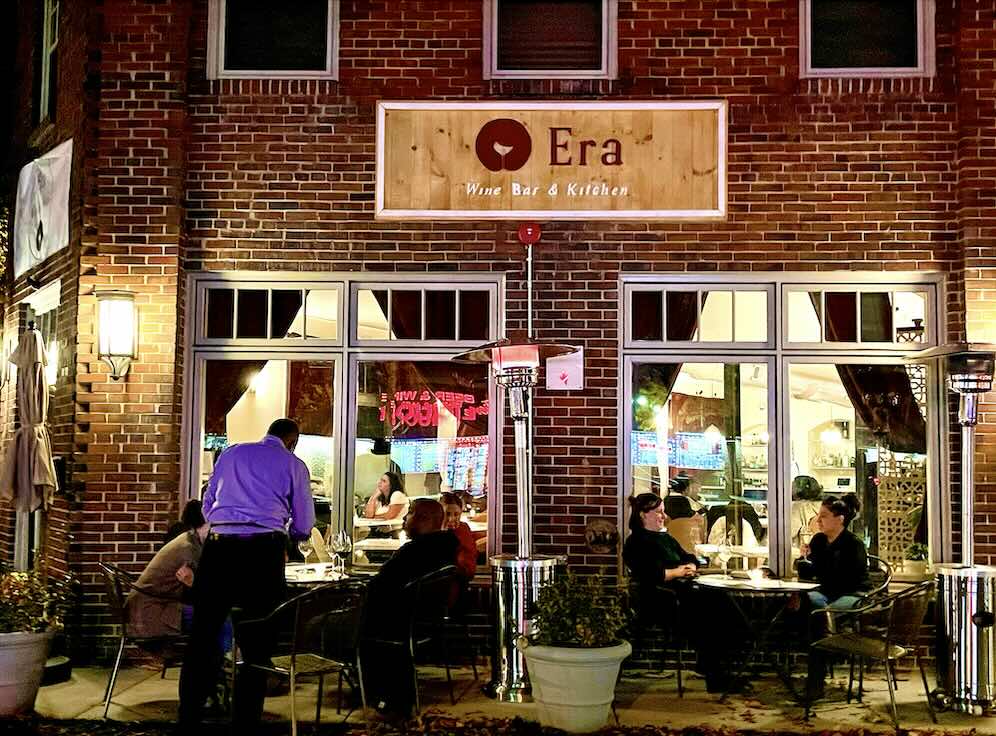
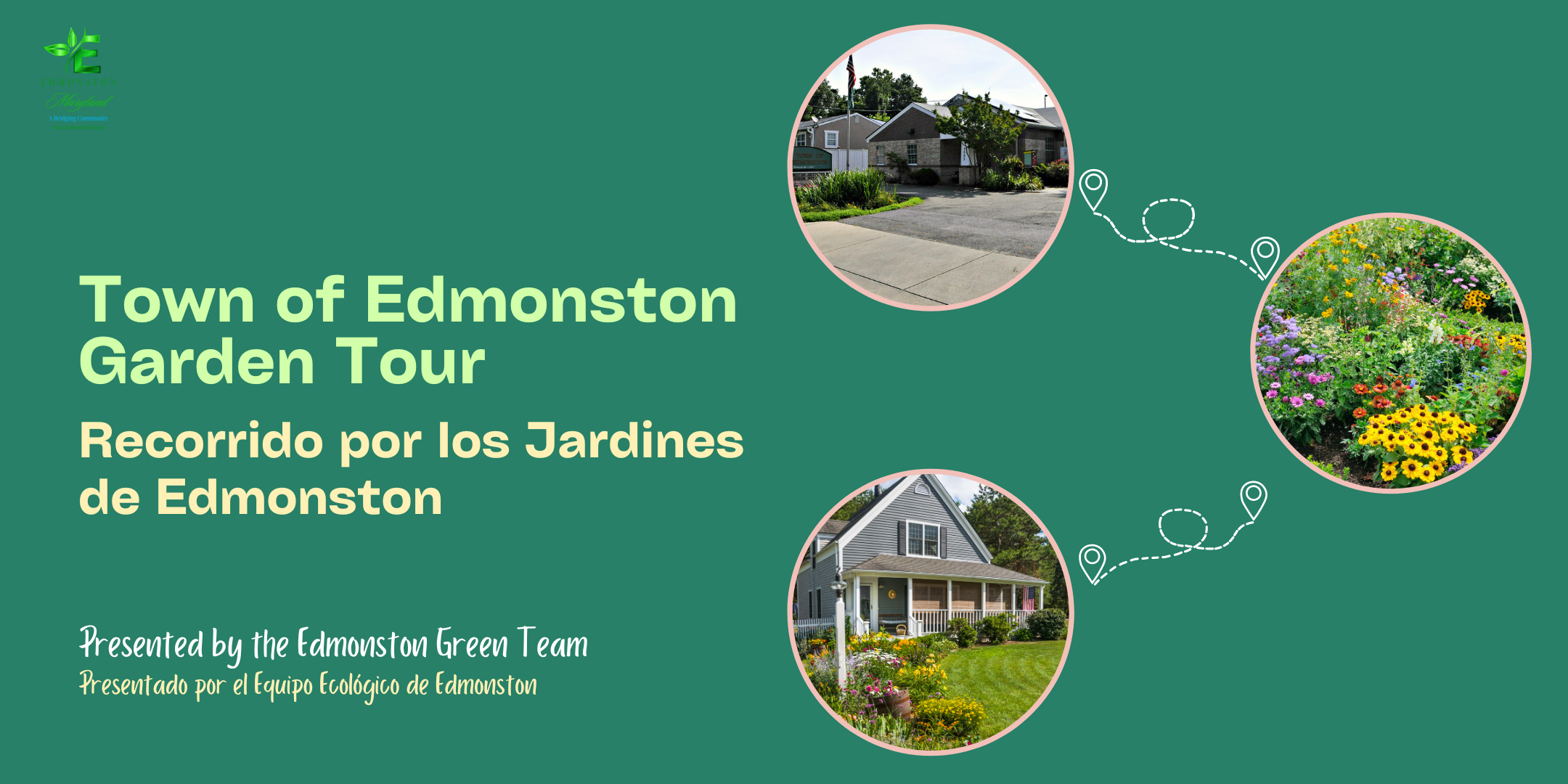

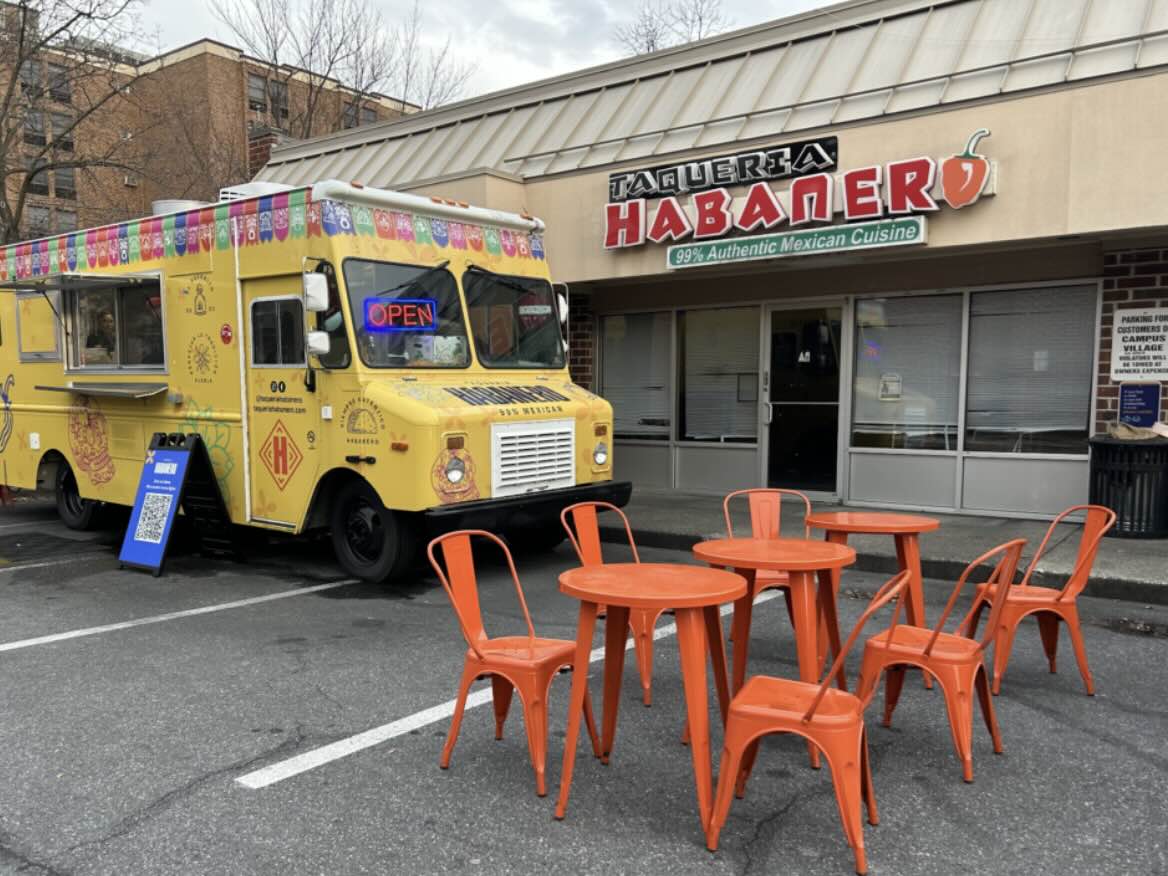
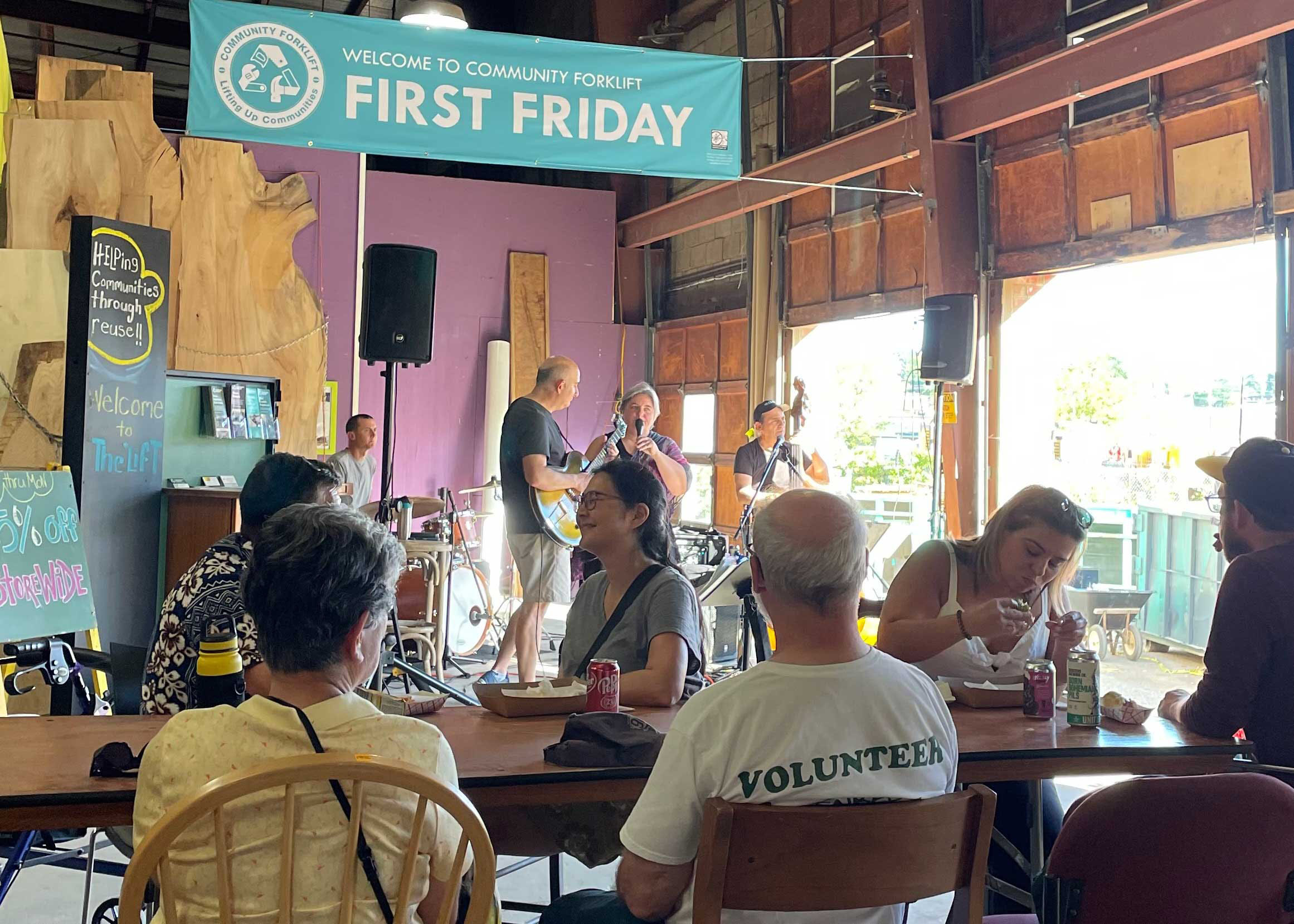

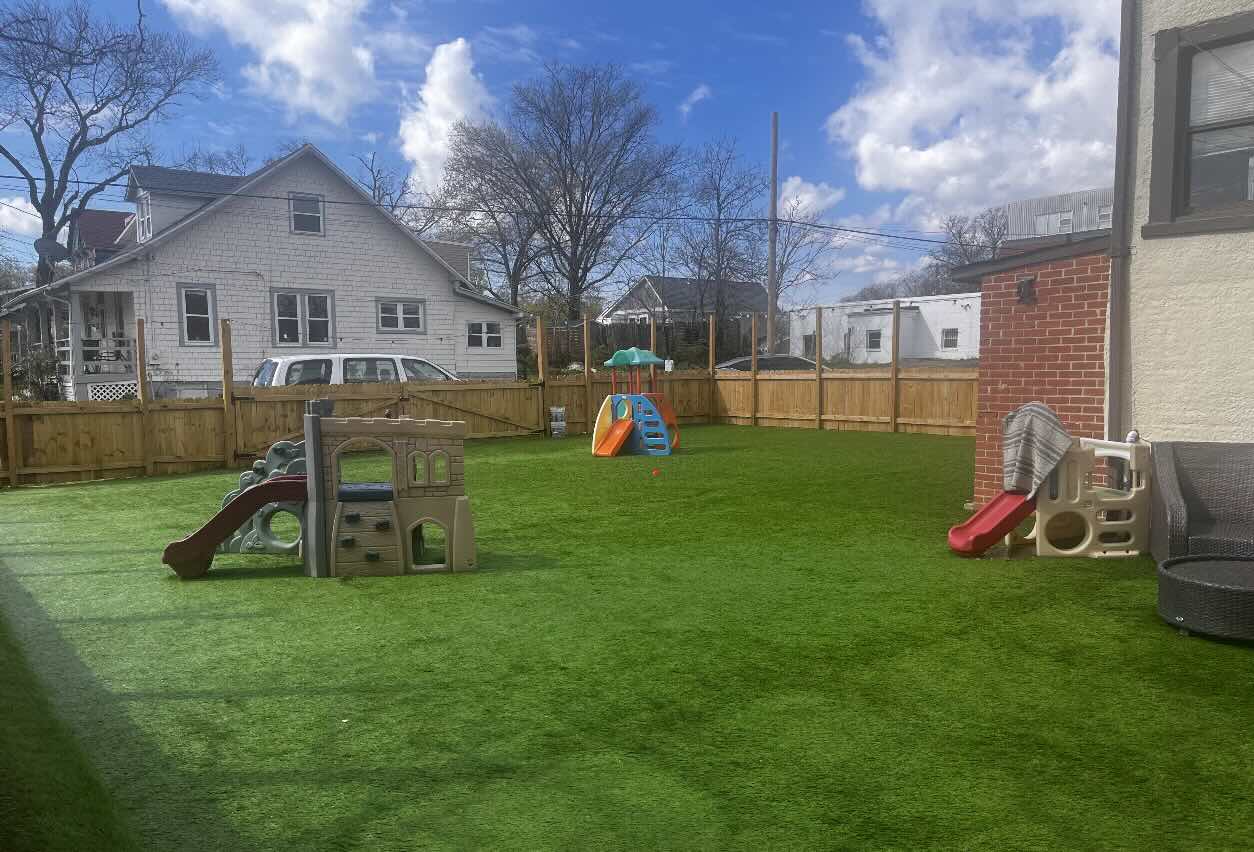
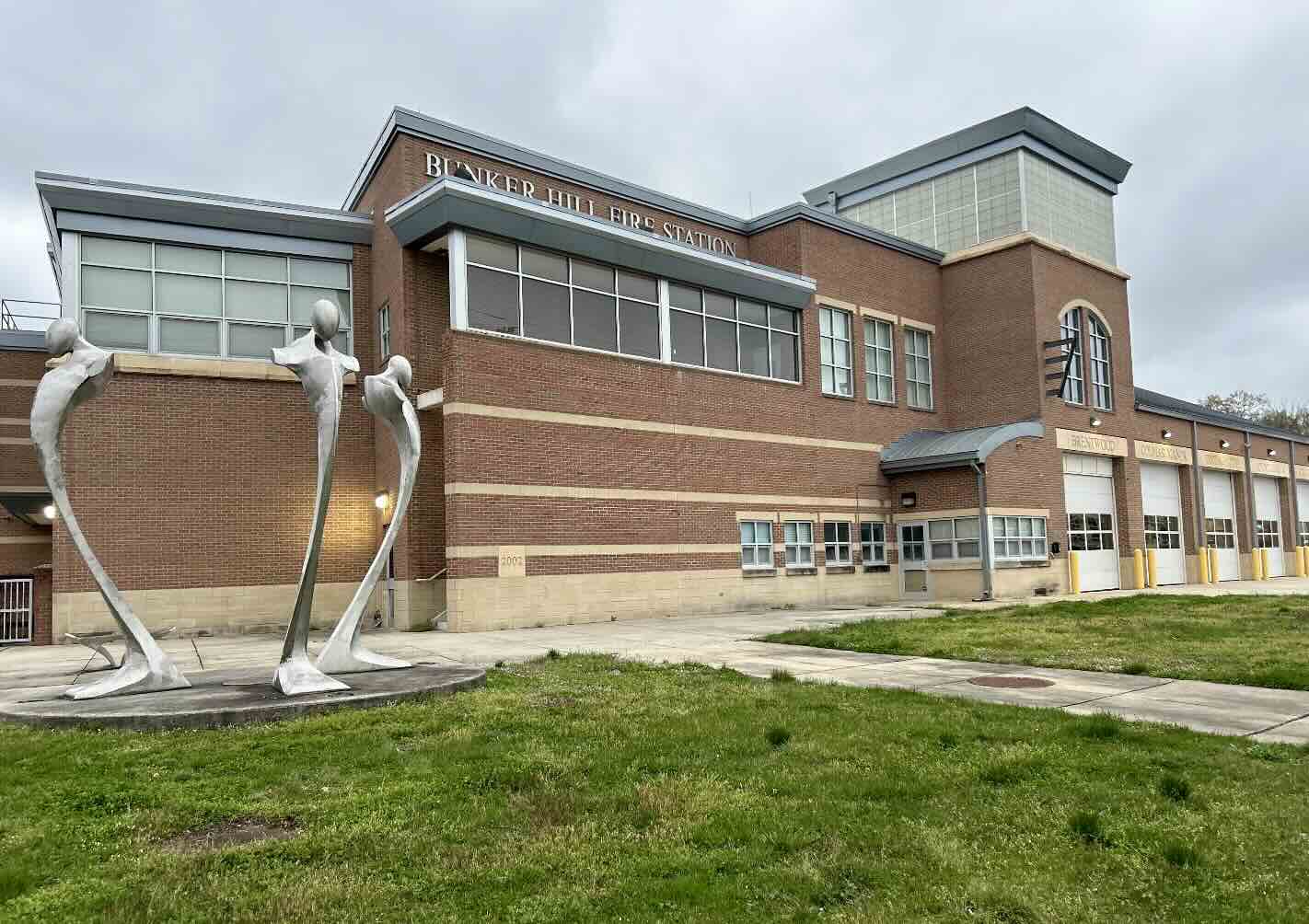
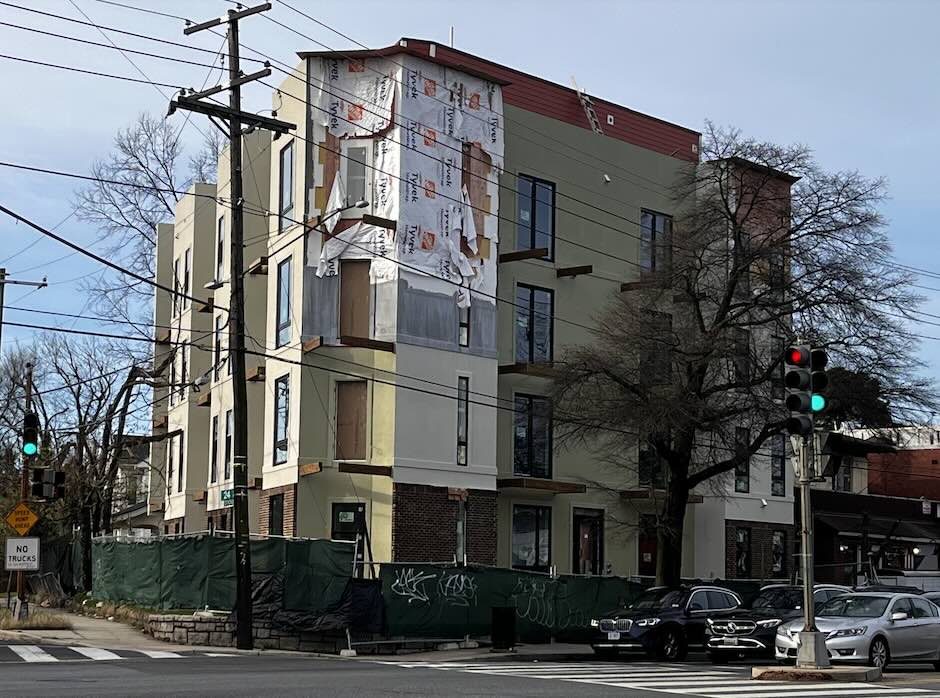



2 Responses to Why White Oak Trees on Route 1 Are Dying